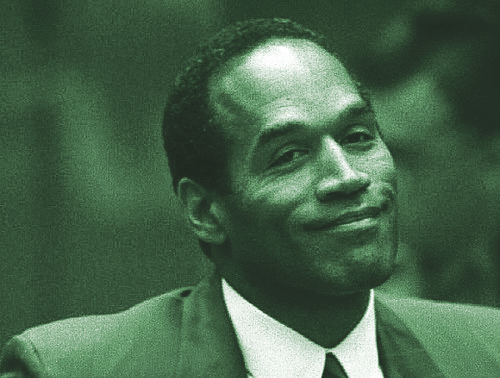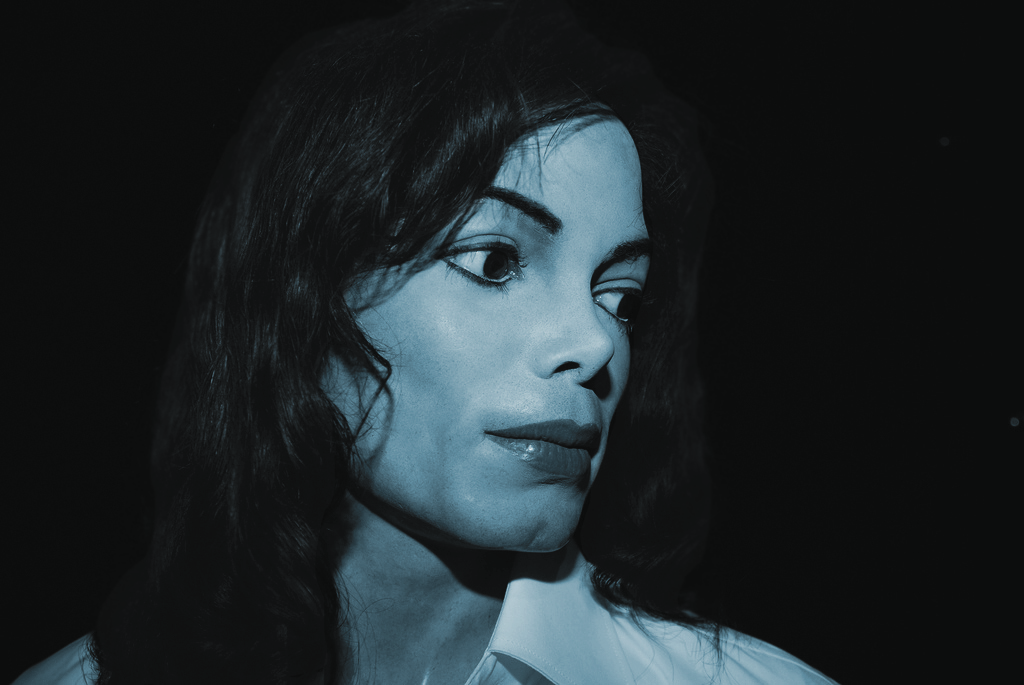Separating Art From the Artist
In wake of the #MeToo movement and increasing political correctness, how do consumers balance ethical concerns and the enjoyment of art?
March 13, 2019
The February issue of Perspectives took on a complicated and immensely relevant topic: separating art from the artist. Since its publication, the ongoing R. Kelly scandal and a new documentary about Michael Jackson’s alleged victims have drawn more attention to the topic at hand. R. Kelly is at the center of a media phenomenon, his alleged sex abuse crimes being covered by the Lifetime series Surviving R. Kelly. The situation escalated recently with the release of interviews by Gayle King of CBS News with Kelly, alleged victims, and their families. Similarly, the controversy around Michael Jackson has intensified in recent weeks. The documentary Leaving Neverland was broadcast on HBO in two parts on March 3 and 4. Two men, Wade Robson, and James Safechuck tell how Michael Jackson sexually abused them as children. Neverland has garnered great sympathy for the alleged victims but also received intense backlash from Jackson’s supporters and family who believe the allegations are fabricated. The issue of separation between art and the artist has only become more pertinent in recent weeks and a holistic take on the topic can be read in the February Spectrum issue.

Background
Art is everywhere, and it plays a large role in the lives of people from all different cultures and places around the world. Therefore, the morality of separating, or not separating, an artist from their work, has come into question frequently, especially in recent years. The Me Too Movement, a name used in 2006 and an organization that officially started only recently, provides helpful resources and works to influence change in policy with a goal of upholding equality and human rights. An increase of accusations towards popular entertainers and celebrities for having committed sexual assault and misconduct have been a very prevalent as a result of the empowerment enacted by this movement. In addition, over half of the positions of men who were replaced at work as a result of allegations against them are now held by women.
One side of the debate argues that the artists who have acted or spoken negatively should have their work pulled from museums, galleries, television, and other platforms altogether. However, some people have made the argument that it is acceptable to watch their work even if we are not in support of who the person is or was. Nonetheless, for many people, this issue has more depth to it, as they feel that the answer is dependent on what the crime was they had committed or the number of contributors that would be unjustly affected if their work was to be pulled. Those that argue this often times make the claim that we should not remove the person’s work from circulation or that it should be continued but without their involvement if it is in fact a large number of people. Meanwhile, others believe that continuing to take pleasure in that artist’s work it akin to excusing their actions.
For these reasons, there are many arguments behind the various reasonings and views people have on this question of ethics. The great number claims to be made in this debate only add to the value of hearing each side of this powerful conversation before making up one’s mind about how to approach art, something that nearly constantly surrounds us.

Separation of Art, Artist Allows Enjoyment, Preservation of Genres
Removing labels from art sets dangerous precedent
Art is everywhere, and it plays a large role in the lives of people from all different cultures and places around the world. Therefore, the morality of separating, or not separating, an artist from their work, has come into question frequently, especially in recent years. The Me Too Movement, a name used in 2006 and an organization that officially started only recently, provides helpful resources and works to influence change in policy with a goal of upholding equality and human rights. An increase of accusations towards popular entertainers and celebrities for having committed sexual assault and misconduct have been a very prevalent as a result of the empowerment enacted by this movement. In addition, over half of the positions of men who were replaced at work as a result of allegations against them are now held by women.
One side of the debate argues that the artists who have acted or spoken negatively should have their work pulled from museums, galleries, television, and other platforms altogether. However, some people have made the argument that it is acceptable to watch their work even if we are not in support of who the person is or was. Nonetheless, for many people, this issue has more depth to it, as they feel that the answer is dependent on what the crime was they had committed or the number of contributors that would be unjustly affected if their work was to be pulled. Those that argue this often times make the claim that we should not remove the person’s work from circulation or that it should be continued but without their involvement if it is in fact a large number of people. Meanwhile, others believe that continuing to take pleasure in that artist’s work it akin to excusing their actions.
For these reasons, there are many arguments behind the various reasonings and views people have on this question of ethics. The great number claims to be made in this debate only add to the value of hearing each side of this powerful conversation before making up one’s mind about how to approach art, something that nearly constantly surrounds us.

Consuming Art Intrinsically Promotes Artist
Supporting problematic artists sends broader message about accountability
We should not separate the art from the artist. Individuals should disqualify some art as being worthy of their enjoyment if the misconduct of the artist in question was, in their opinion, sufficiently significant as to warrant not consuming their art altogether. Art produced by those at the center of the most significant and publicized scandals – Bill Cosby, 6ix9ine, R. Kelly, and others – lies at the heart of this discussion.
Fundamentally, supporting bad artists spreads bad values. It’s easy to forget that buying an album, going to see a movie, or even streaming content puts money into the pockets of the creator and the companies that support them. Not only should we all find the concept of sending money to people whose character we abhor to be regrettable, but these financial decisions add up, resulting in real-world consequences. When consumers refuse to support the creators of art they previously enjoyed due to the immoral actions of those artists, positive change results. For example, it is only because many of us have decided to not separate the art from the artist that Netflix felt pressured enough to replace Kevin Spacey’s role in the fifth season of “House of Cards” following allegations of sexual assault against him.
Beyond simply being the right thing to do, this sends a message to millions of people that those who commit sexual assault will be financially as well as socially hurt. Creating more deterrence against sexual misconduct is clearly to the benefit of society.
There’s still more work to be done. For example, most of us don’t seem to care about the fact that 6ix9ine pleaded guilty to the use of a child in a sexual performance in 2015, but we should think twice about whether or not we want to be sending the revenue from our streams to a statutory rapist. His continued popularity only sends the message to society’s youth that, presuming you’re famous, you can do awful things and still wind up being supported by millions if you’re influential enough.
As individuals, we should act in alignment with the values that we support whenever possible, and even though it might not be convenient to have to take a couple of artists out of your Spotify playlists, refusing to support artists who are abusers, harassers, and assaulters is fundamentally the right thing to do.
